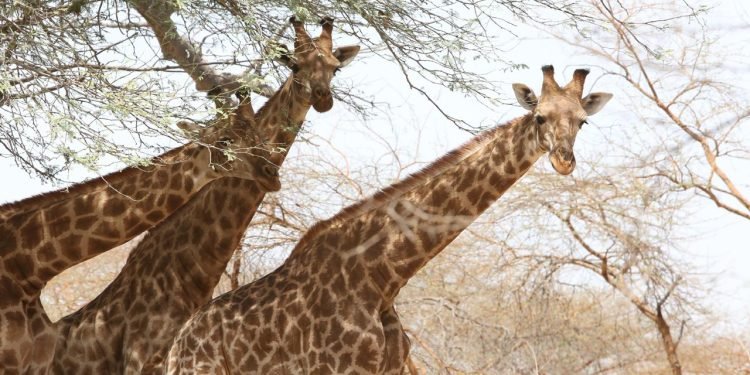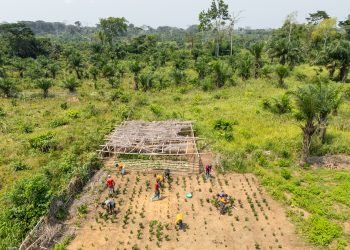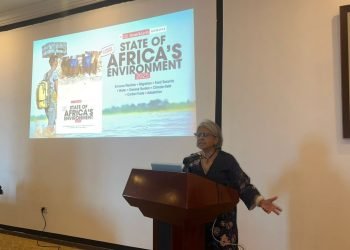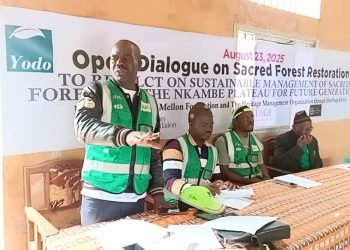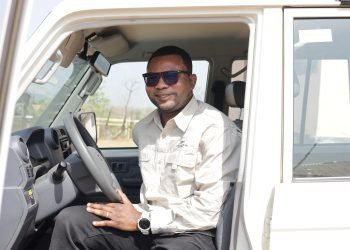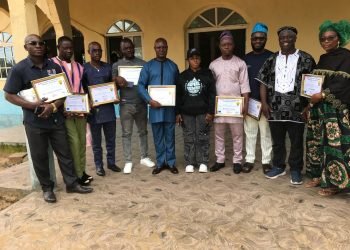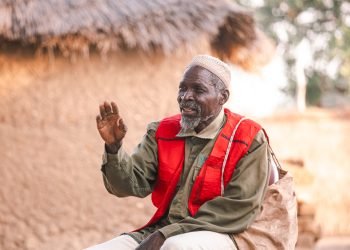A new wildlife survey has disclosed that conservation measures in the Faro National Park in the North Region of Cameroon are paying off, warning however that increasing human pressures such as transhumant herders and gold panning threaten these gains.
The March 2025 line transect survey, jointly carried out by the Africa Wildlife Foundation, AWF, and the Garoua Wildlife School, published in July, counted 34 species of large and medium mammals in the park that spans 330,000 hectares. At least eight species including Colobus monkeys, lions, leopards and giraffes are in Cameroon’s “Class A” fully protected category.
The study shows Buffon’s cob density estimated at 1.41 individuals/km² with a population of about 4,673 animals; and kilometric abundance indices indicate strong numbers for roan antelope, buffalo, harnessed guib and Derby eland. Compared with 2021, indicators for many species (roan antelope, Derby eland, elephant, buffalo and warthog) increased.
It also revealed a hippopotamuses boom with the number of the large semiaquatic mammals along the Faro and Déo Mayo Lifé section of the park tallying 508 individuals, a relative abundance of 8.55 hippos/km and a density of 2.85 animals per km² noting the population has grown since the 2021 Wildlife Survey in Faro National Park.
Rising threats require more efforts
The rebound notwithstanding, survey noted that the rich wildlife potential is subject to several types of human pressure, citing particularly transhumance, poaching, fishing, and gold panning. Researchers recorded 58 signs of anthropogenic activity along the Faro/Déo river section, with gold panning sites the most common (IKA 0.50). The survey revealed human pressures—transhumance, poaching and fishing—are concentrated in the park’s south near the villages of Sarkimata and Mana. Rangers noted large wildlife congregates in the north around the Faro–Déo confluence.
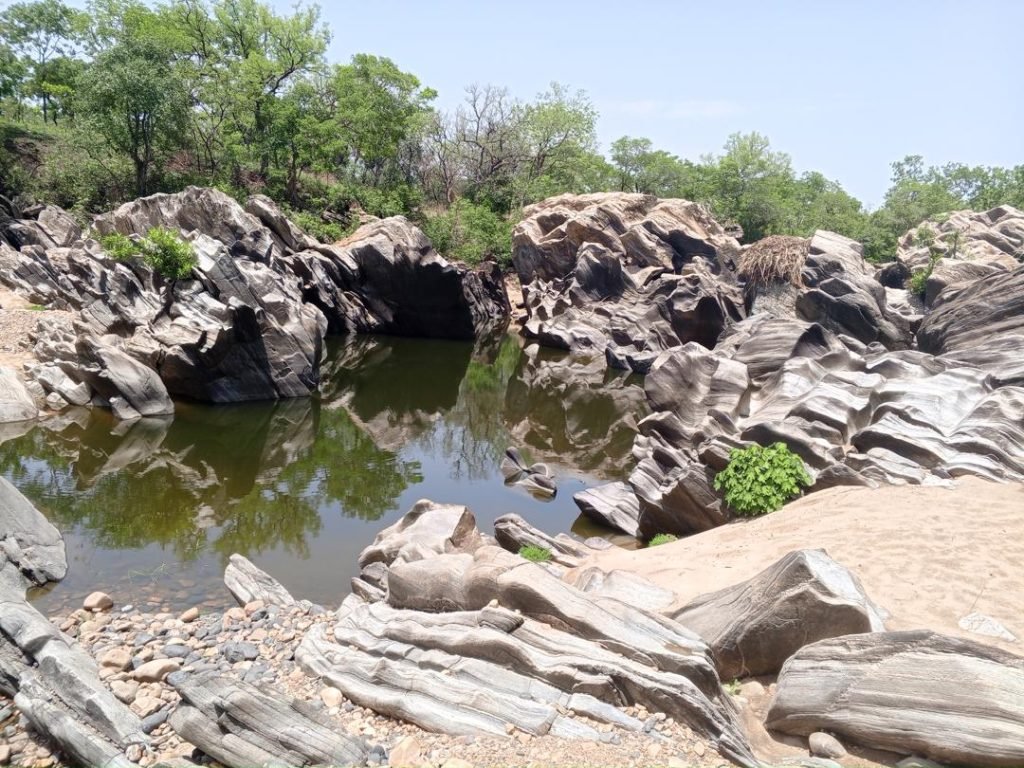
Agbor Anthony, AWF Landscape Director for the Faro and one of the researchers, blamed the rise in transhumance activities in the protected area on multiple factors including climate change that has disrupted rainfall, prolonged dry seasons and reducing pasture and water availability in the Far North. He explained that land degradation—caused by overgrazing, soil erosion, and desertification—has further reduced grazing capacity causing transhumant continue to continue encroaching on the heritage.
“Pastoralists aren’t just moving by tradition anymore—they’re moving for survival,” he said. “If the herders take the grass and the miners poison the water, what’s left for the animals? We lose the park, and with it, our soul.”
Researchers recommend strengthening community patrols and building a permanent ecoguard base in the southern part of the Faro National Park. They also urge more camera traps and local communities’ involvement in monitoring carnivores and counter poaching as that will protect both wildlife and livelihoods.
“Patrols fight symptoms, but real solutions come when people have other ways to survive outside the park,” Agbor said. “When we arrive on patrol, miners scatter into the bush—it shows just how hard it is to enforce the law in such a vast, remote park.”
First published in NewsWatch newspaper No 217 of Monday, September 1, 2025.

